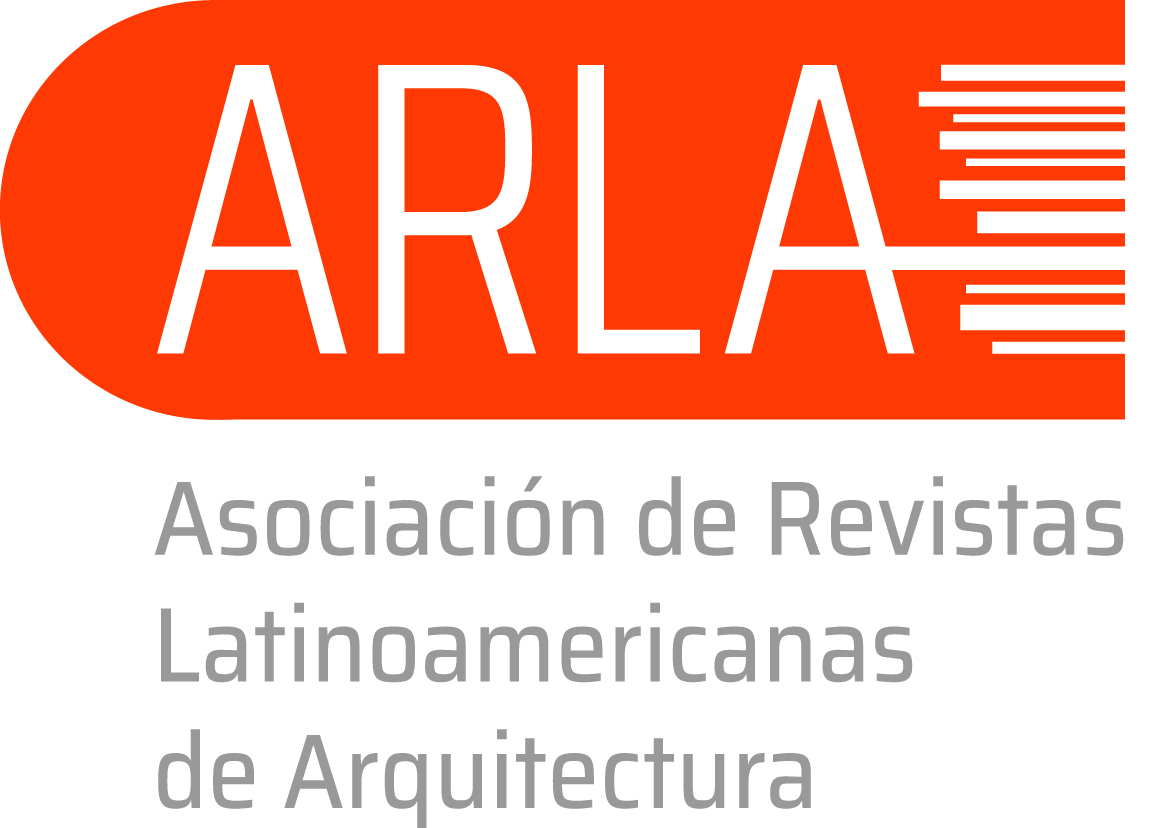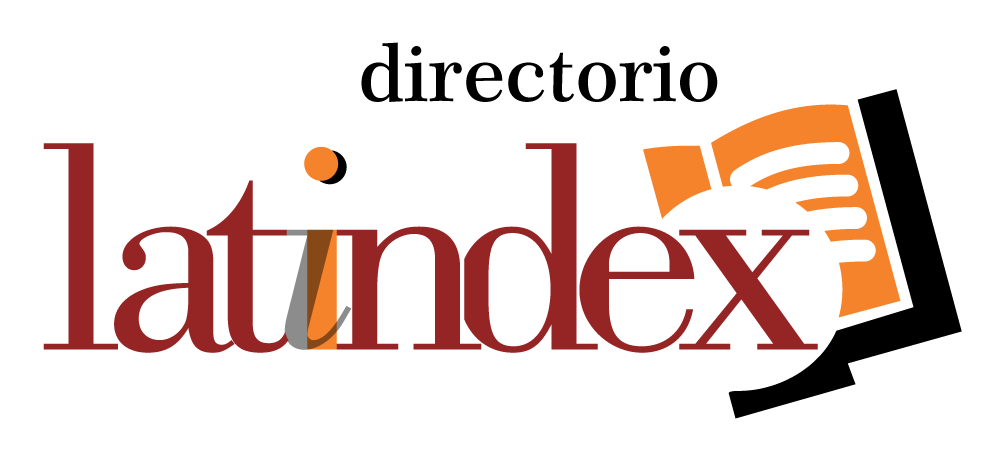Integrated design and quality in government buildings
DOI:
https://doi.org/10.56294/la2025152Keywords:
architecture, institutionalism, design, sustainability, qualityAbstract
Introduction: Institutional architectural design represented a tangible manifestation of the values and aspirations of public entities. In this context, architecture not only responded to a functional need, but also materialised concepts such as authority, efficiency and accessibility. The integrated approach to design required the collaboration of diverse actors throughout the life cycle of a project, from conception to operation.
Development: In the case of the Ministry of Economy and Finance (MEF) of Panama, it was shown how a public institution was able to consolidate its articulating function through an adequate infrastructure. Key elements of quality design were identified, such as functional zoning, internal circulation and contextual response, which allowed the design of buildings that reflected the principles of sustainability and modernity. Through theoretical and conceptual frameworks, it was understood that an institution should reflect its values in its architecture, addressing administrative and social needs. The integrated design also promoted the incorporation of quality management systems, aimed at improving operational efficiency and citizen experience.
Conclusion: The analysis of buildings such as the National Archives, the Legislative Palace in Panama and ministerial headquarters in Chile and Brazil showed that successful institutional architecture combined functionality and symbolism. These structures not only fulfilled their operational function, but also represented the state's commitment to its citizens. Institutional architecture, conceived as a strategic investment, had a direct impact on the quality of the public service provided.
References
Las referencias bibliográficas, se alinean a las normas Vancouver, y deben numerarse consecutivamente en el orden en que aparecen por primera vez en el texto.
Las citas en el texto deben colocarse en superíndice, entre paréntesis y luego del signo de puntuación, Ej: Texto.(5,6)
Las referencias deben ser lo más recientes y relevantes posible, priorizando aquellas que pertenezcan a revistas indexadas en Scopus y Web of Science, y escritas cuidadosamente según el formato Vancouver (http://www.nlm.nih.gov/citingmedicine o https://www.nlm.nih.gov/bsd/uniform_requirements.html).
La editorial recomienda el uso de gestores bibliográficos, de preferencia Zotero con la finalidad de normalizar y mantener la calidad de las referencias bibliográficas.
Published
Issue
Section
License
Copyright (c) 2025 Graciela A González C, Eteida Del C Navarro Noriega (Author)

This work is licensed under a Creative Commons Attribution 4.0 International License.
The article is distributed under the Creative Commons Attribution 4.0 License. Unless otherwise stated, associated published material is distributed under the same licence.






